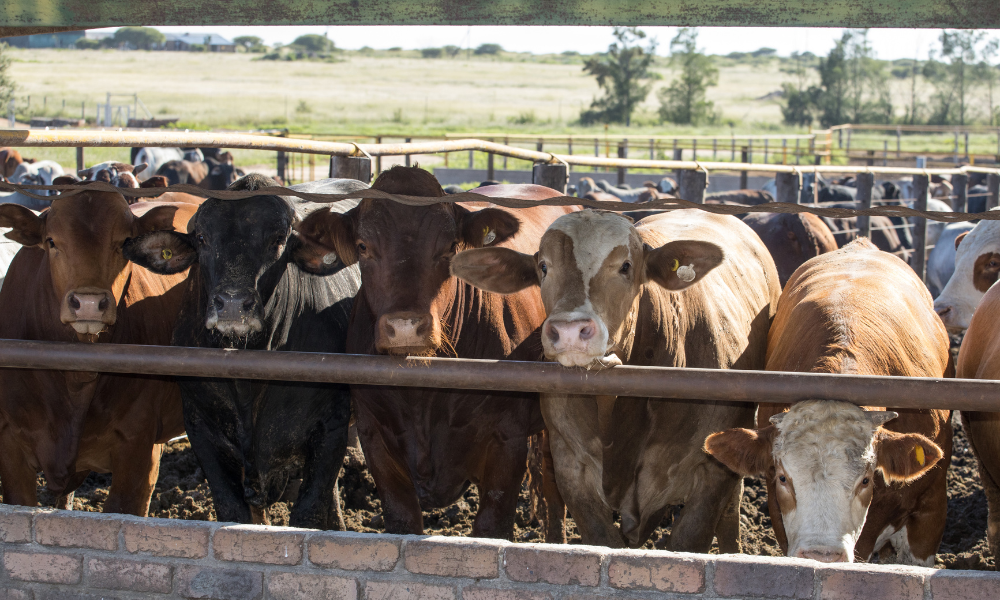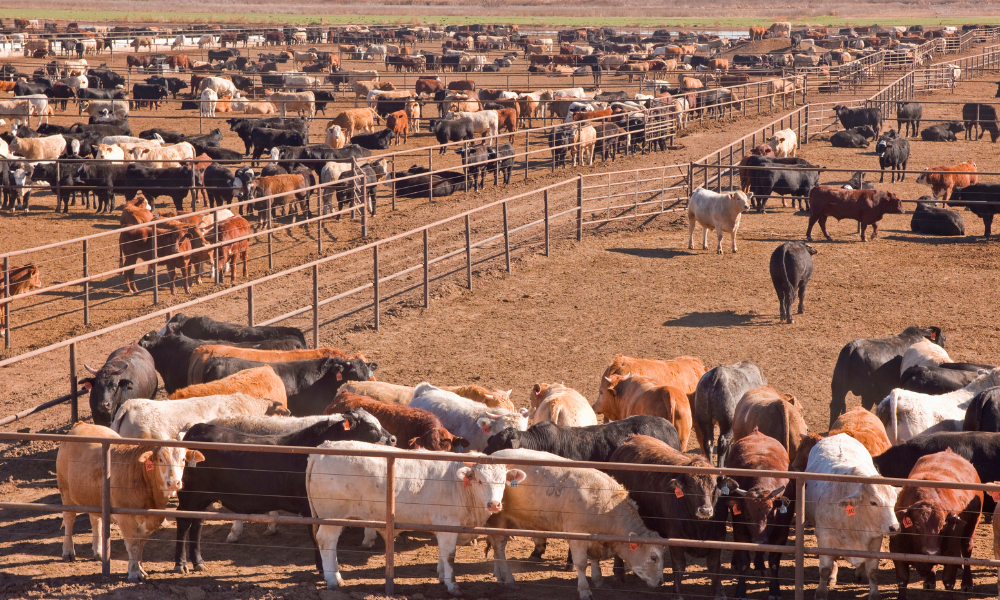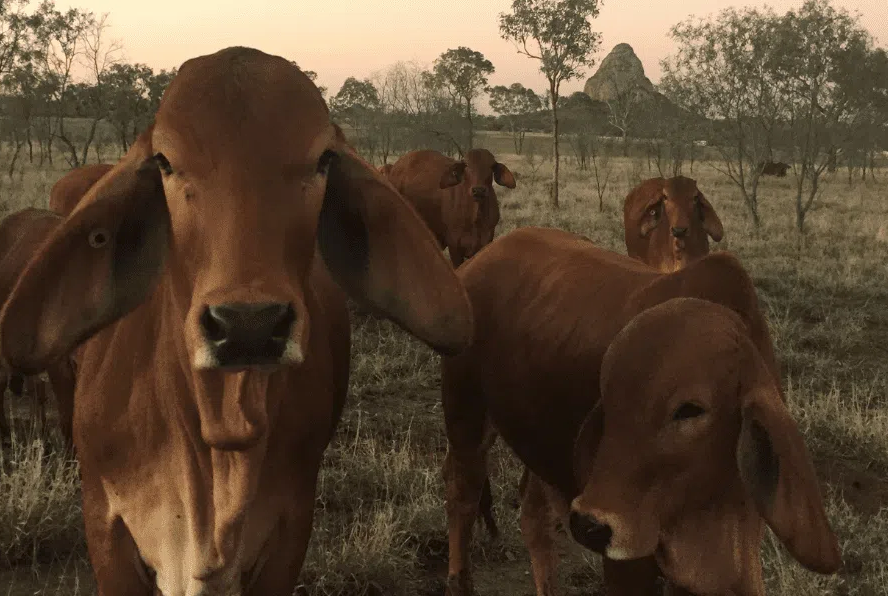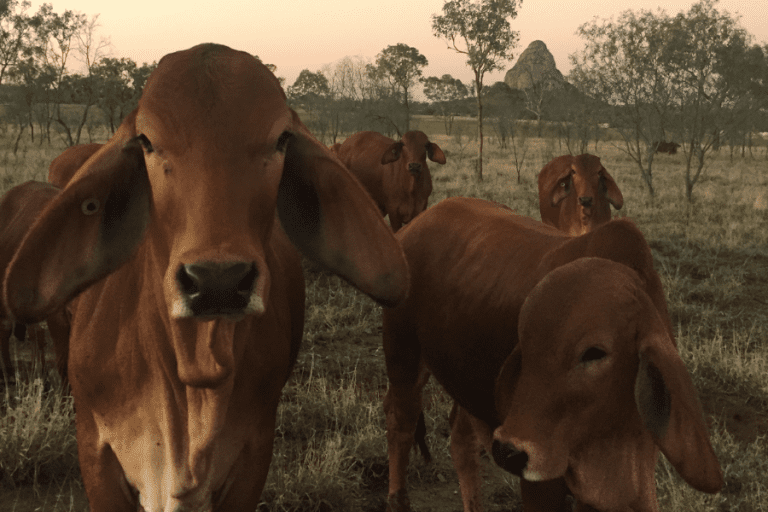Feedlot Development Approvals
August 26, 2024
Cattle plays a massive part of Queensland’s agricultural industry and economy, with feedlots on the increase. With the need for cattle feedlots on the rise, Wall Planning Group (WPG) have obtained numerous approvals for cattle feedlots in Queensland. Need feedlot approval in Queensland? Here’s what you need to know.

Feedlots and Environmental Approvals
When submitting a feedlot development application for approval, it can be a little more time consuming than many people anticipate. Where a lot of development applications may only deal with local council, there are multiple government departments and agencies that have requirements that need to be met for a feedlot.
A prime example is an Environmental Authority (EA) for the Department of Agriculture and Fisheries. A feedlot, above 150 standard cattle units (SCU) in Queensland is considered an Environmentally Relevant Activity (ERA) and therefore requires an Environmental Authority, issued under the Environmental Protection Act 1994.
Additionally, a high proportion of farms are situated along state-controlled roads and railway corridors, requiring additional government assessment.
This is why it is recommended that that a town planner be hired to manage the process. Wall Planning Group (WPG) have the connections, the knowledge, and the experience to know exactly what needs to be addressed and how best to address it.
The Feedlot Approval Process
- Initial Consultation with WPG – we get to know your project inside and out to get all those critical details we know will be required for the application. This is also a chance for questions to be asked and the process explained.
- Sub-Contractor Consultations – WPG arrange supporting material, such as plans, from sub-consultants such as engineers and environmental specialists.
- Pre-Lodgement Meeting with Council & State Government – This meeting is organised and hosted by WPG to identify site-specific requirements and triggers relating to the Development Application.
- Site Visit with the Department of Agriculture & Fisheries (DAF) – This visit establishes further site-specific requirements for the development application of the feedlot and Environmental Authority.
- Technical Documentation - technical information, site plans and so on will be designed to ensure the town planners are able to write a comprehensive and concise application. These are submitted with the application.
- Preparation and Submission of Development Application – WPG consolidate all the requirements and information about the project to construct a development application that addresses all government department legislations.
- Submission of Local Council Application and Referral to State Assessment and Referral Agency (SARA) – these are submissions relating to specific triggers such as impacts on the state-controlled network.
- Public Notification – this will depend on the level of assessment for your feedlot, for instance if it is an impact assessable development application. The public notification period is when the community can learn more about the development project.
- Decision Stage – requests for information and decision notices will be issued, potentially with site-specific conditions that must be met as a part of the development approval.

The Feedlot Approval Timeline
The process requires a lot of paperwork! There are forms to fill, Council and State Government fees to be calculated, designs to be prepared, not to mention the Development Application Report that is required to set out a clear assessment against the relevant codes and legislative requirements.
Sound like too much? Leave it up to us and we’ll take care of it all. The timeline:
- Stage 1: Application Preparation - this may take up to 8 weeks, depending on the type ad quantity of technical documentation required as well as contractor availabilities.
- Stage 2: Assessment of the Application - the Council assessment could take around 6 months for this type of development application and additional approvals may increase this time line. Extensions to the timeline can occur if the Council or SARA issue an Information Request.
- Stage 3: Environmental Authority - WPG carry out requirements for this application, where practicable, whilst doing the Development Application. An EA will take up to 10 business days after DAF issue confirmation that the application has been properly made.
As a whole, clients should expect that the process could take around 10 months - though WPG work hard to minimise the timeline!
Feedlot Approval Supporting Information
The most common supporting information required for a feedlot development application is:
- Detailed Site Plans –prepared by a specialist consultant that will help identify the best location based on the planning and environmental constraints.
- Traffic Impact Assessment Report – these are prepared by a civil engineer and assesses the impact that the feedlot could have on the transport network, identifying reasonable solutions to address these impacts.
- Stormwater and Effluent Management Report - prepared by Agricultural Engineers to ensure compliance with legislative requirements, this report demonstrates to Council and Government Authorities how stormwater and effluents will be effectively and safely managed on site.
Things To Consider For Your Feedlot
Whilst the requirements for a feedlot will depend on the regulations of the specific site, there are still some important general questions to consider:
- Is your property size suited to the capacity of SCU you intend to host in your feedlot?
- Do you have access to sufficient water on-site?
- What type of regulated vegetation is on or near the site?
- What are the access routes and will new ones be required ?
- Where will the trucks be travelling to and from?
- Will traffic to site significantly increase?
- How will effluents and run-off be managed?
- How will natural disaster emergencies (bushfire, flood etc) be managed to protect those on-site?
Town Planners Who Know Their Feedlots
Approval for a feedlot requires a true understanding of the business, the industry, and the rural regions of Queensland. Wall Planning Group was established in Clermont, Central Queensland, a key cattle area for Queensland. Over the past several years, WPG have prepared numerous successful Cattle Feedlot Applications and our very own Director, Renee Wall , lived and worked on a CQ cattle property for over a decade - You don’t get much more “in the know” than that!
Book an initial appointment with Renee at Wall Planning Group TODAY to discuss the services available for your feedlot project.

Our founder, Renee Wall, has brought her international experience to the Queensland region. Renee is a planning professional with over 20 years experience in the planning sector, specialising in the delivery of major projects.
Latest news


Wall Planning Group | Website by The Caper
